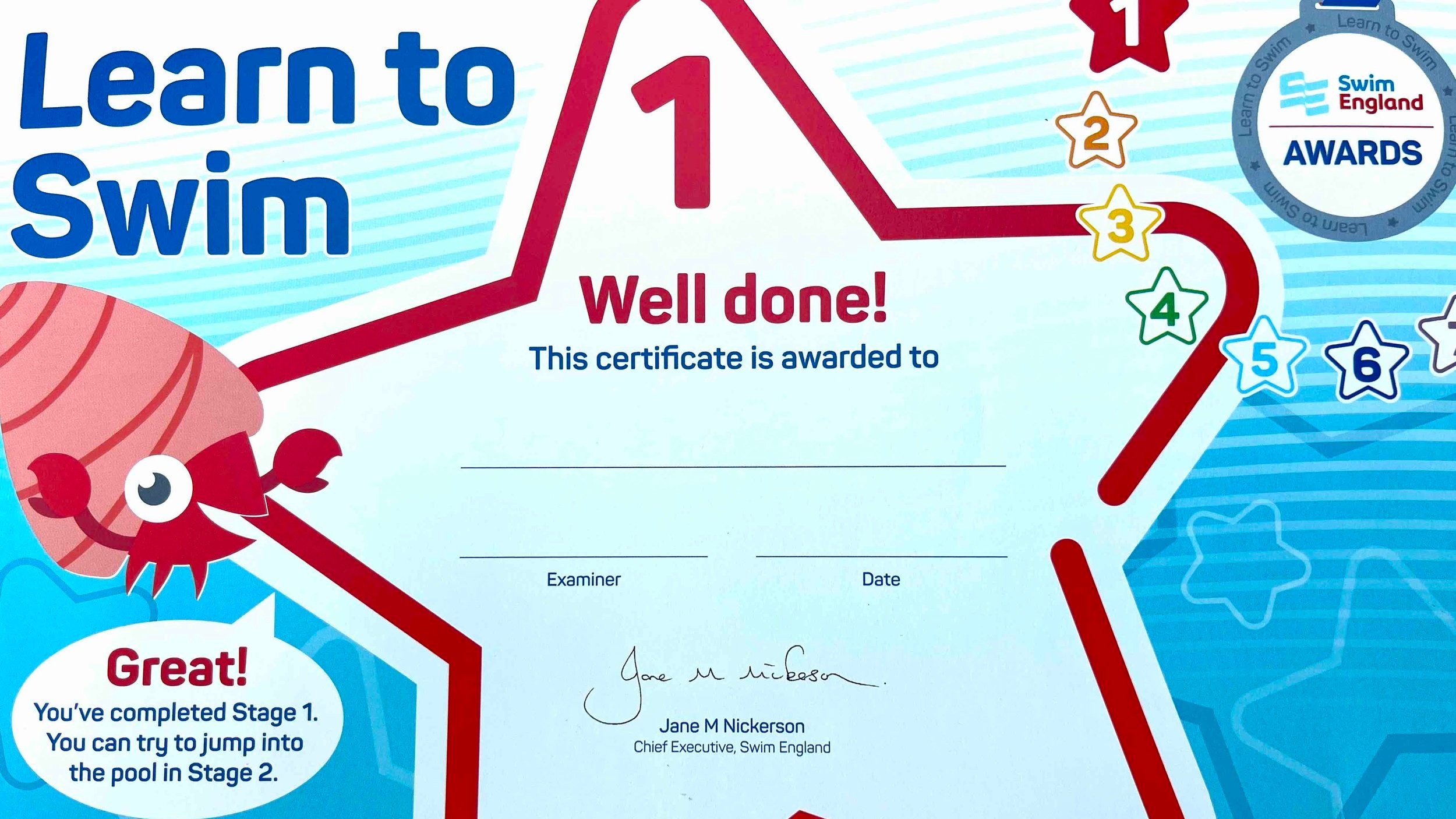
Learn to Swim Stage 8
Developing Stamina & Stroke Technique
Learn to Swim Stage 8 focusses on refining swimmers’ skills across the four main strokes with some specific challenges.
Introduction: Swim England Learn To Swim Stage 8
Stage 8 represents a crucial juncture in a swimmer's journey, bridging the gap between intermediate and advanced proficiency in the water. As participants advance through this stage, they refine and consolidate their existing skills while gaining new, more complex abilities, setting the stage for further aquatic challenges, both recreational and competitive.
At Stage 8, participants are already proficient in fundamental swimming strokes like front crawl, backstroke, breaststroke, and butterfly. This stage is about honing these skills to perfection, understanding the finer details of stroke mechanics, and achieving a level of finesse that sets the stage for advanced swimming techniques. Swimmers in Stage 8 will find themselves becoming more comfortable and confident in the water, allowing them to embrace more challenging aquatic endeavors.
One of the primary focuses of Stage 8 is stroke technique refinement. Swimmers continue to build upon the skills they acquired in previous stages, working on their body positioning, timing, and coordination. The front crawl, also known as freestyle, sees swimmers fine-tuning their arm pull and leg kick for maximum efficiency and speed. Backstroke is perfected with a focus on arm movement and body rotation. Breaststroke and butterfly strokes, known for their technical intricacies, become areas of greater emphasis as swimmers delve deeper into the details of these beautiful but demanding techniques.
Stage 8 also introduces swimmers to the art of sculling, an essential technique for maintaining stability and buoyancy in the water. Sculling involves using specific hand and arm movements to create enough lift and propulsion to keep the body afloat. These skills not only enhance a swimmer's overall water competence but also provide a foundation for more advanced water survival techniques.
Diving is an exciting addition to the curriculum at this stage. Participants are introduced to safe and controlled diving techniques from the poolside, learning how to enter the water with precision and grace. Diving skills are not only impressive but also crucial for competitive swimming events, setting the stage for potential future participation in swimming competitions.
As swimmers progress through Stage 8, their stamina and endurance receive a substantial boost. They are encouraged to swim longer distances, practice more advanced drills, and sustain their efforts over extended periods. Building stamina is not only important for those interested in competitive swimming but also for individuals who wish to enjoy longer swims and more demanding aquatic activities.
Individual water skills continue to be refined and expanded upon in Stage 8. These include mastering the art of floating on the back with greater ease and stability, as well as the use of scissor kicks and swimming underwater. These skills are integral to becoming a well-rounded and confident swimmer.
Learn To Swim Stage 8 Key Outcomes
By completing the Learn to Swim Stage 8 Award, swimmers will be able to:
Complete a set lasting 400 metres (e.g. 16 x 25 metres, 8 x 50 metres, 4 x 100 metres) on a specific turnaround time agreed by the teacher or coach (e.g. 1 minute for each 25 metres) with a focus on stroke technique and consistency.
Swim 400 metres continuously using one stroke.
Push and streamline then kick 25 metres backstroke with or without using a board.
Push and streamline then kick 25 metres breaststroke with or without using a board.
Push and streamline then kick 25 metres butterfly without using a board.
Push and streamline then kick 25 metres front crawl with or without using a board.
Perform a backstroke turn from 10 metres in to 15 metres out.
Perform a breaststroke turn from 10 metres in to 15 metres out.
Perform a butterfly turn from 10 metres in to 15 metres out.
Perform a front crawl turn from 10 metres in to 15 metres out.
Perform a dive track or grab start, and kick butterfly underwater in a streamlined position for 5 metres with the focus on progressing it to 10 metres.
Once they have completed this stage, learners can move on to The Learn to Swim Stage 9 Award.
